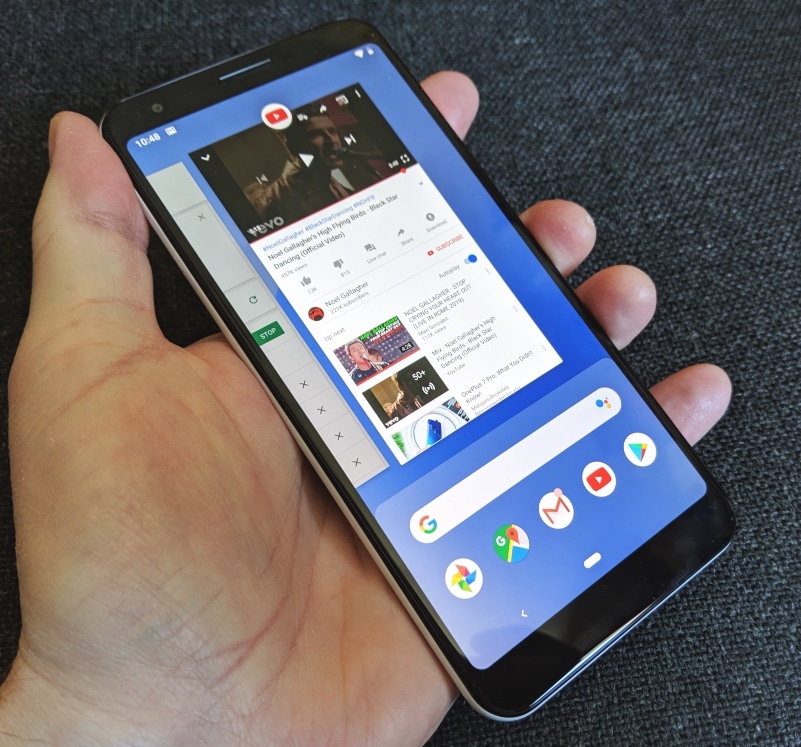![]()
With the Pixel 3a and Pixel 3a XL going on sale, the iFixit team has done what they do best — posted a detailed teardown of the phone. The teardown of the mid-range Pixel 3a reveals that most of the components used are modular in nature thereby making in-house repairs easy.
This even includes the USB-C port which means replacing it would be a relatively inexpensive and easy in-house affair. The teardown confirms Google’s use of the same primary 12.2MP rear camera on the Pixel 3a as the one found on the Pixel 3. The front camera, however, is a different one with an f/2.0 aperture.
Google seems to have sourced OLED panels for the Pixel 3a series from Samsung and not LG. That’s definitely a good thing as LG OLED panels are prone to have issues.
One of the more interesting tidbits from the teardown — Google is using eMMC NAND on the Pixel 3a. That’s definitely not good as eMMC NAND is notably slower than UFS 2.1 NAND found on the Pixel 3 and other premium mid-range and flagship smartphones. The slower NAND will definitely rear its head when the Pixel 3a or 3a XL are pushed hard.
Google has used only T3 Torx fasteners which means opening the internal components is a relatively easy affair. Even the battery is secured by a repair-friendly stretch-release adhesive which makes replacement easier. Unlike the Pixel 3 which scored pretty poorly in iFixit’s repairability score, the Pixel 3a scores 6 out of 10. This makes it among the most repairable Pixel smartphone released by Google in quite a few years.
[Via iFixit]















